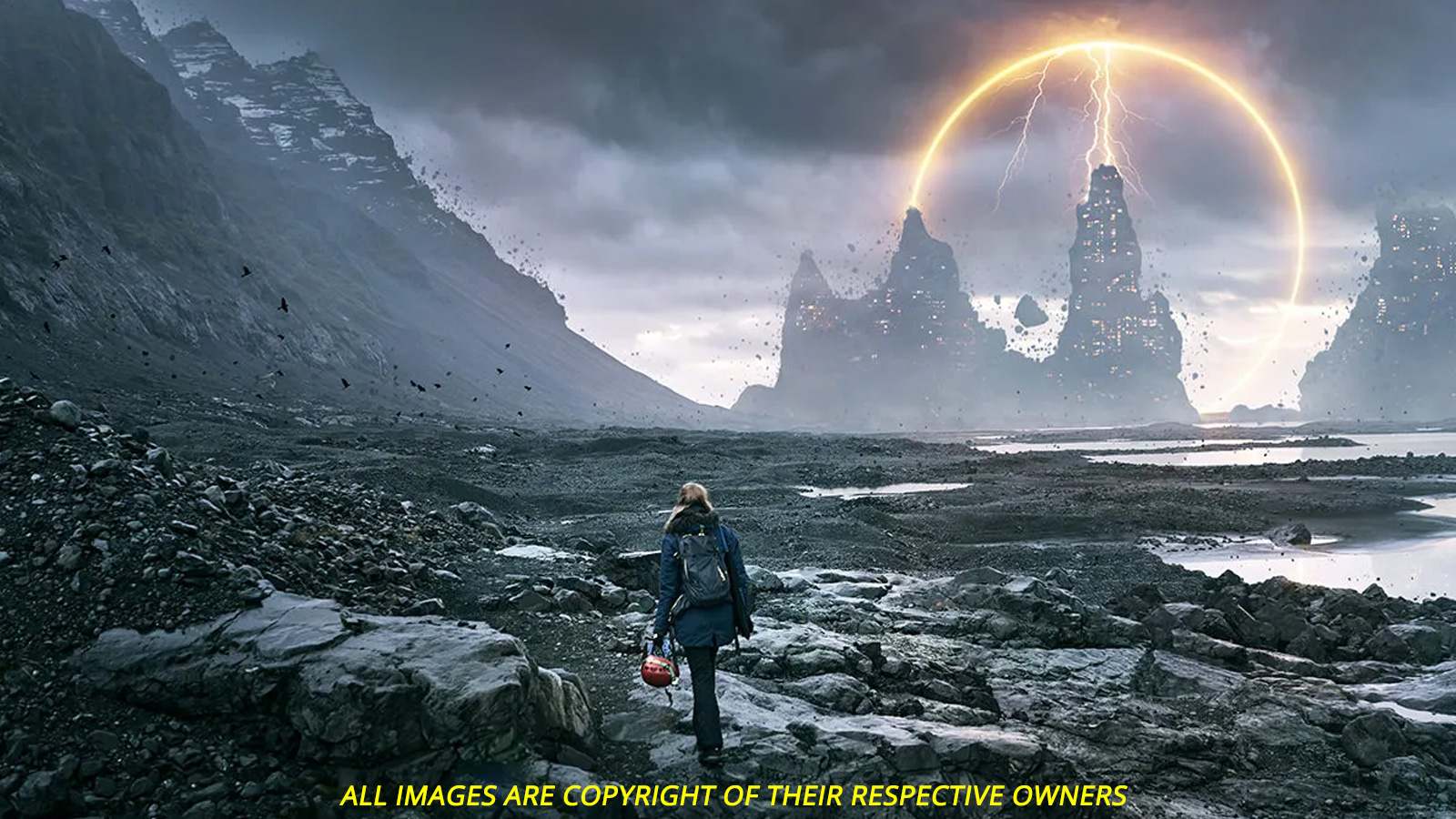
Unleashing the Power of Deep Compositing: A Dive into the World of Visual Effects
In the ever-evolving world of visual effects, technology continues to push the boundaries of what’s possible in filmmaking. Deep compositing is one such innovation that has revolutionized the way artists blend digital elements seamlessly into live-action footage. In this blog post, we’ll explore deep compositing, its significance in the realm of visual effects, and how it has transformed the way we create immersive and visually stunning cinematic experiences.
What is Deep Compositing?


Deep compositing is a technique used in visual effects and animation to merge multiple elements, such as 3D renders, live-action footage, and computer-generated imagery (CGI), while preserving their spatial depth information. Unlike traditional compositing, which relies on two-dimensional image layers, deep compositing allows artists to work with pixel data that contains information about the depth or Z-axis of each pixel.
The Advantages of Deep Compositing
1. Realistic Integration
One of the primary advantages of deep compositing is its ability to seamlessly integrate digital elements into live-action footage. This integration is so realistic that it becomes nearly impossible to distinguish between what is real and what is computer-generated. This level of realism is essential in creating immersive and believable visual effects.
2. Improved Lighting and Shadows
Deep compositing enables artists to accurately reproduce lighting and shadow effects, making CGI elements look as if they belong in the same environment as the live-action elements. This contributes to the overall coherence of the scene and enhances the visual quality of the final output.
3. Flexibility in Post-Production


Deep compositing provides a high degree of flexibility in post-production. Artists can easily adjust the placement and appearance of CGI elements, tweak lighting, and make changes to the depth information without compromising image quality. This flexibility streamlines the creative process and saves valuable time and resources.
4. Efficient Workflow
Compared to traditional compositing methods, deep compositing reduces the need for multiple render passes and complex matte creation. This efficiency allows visual effects artists to focus on the creative aspects of their work rather than getting bogged down by technical challenges.
How Deep Compositing Works
Deep compositing involves the use of deep image formats, such as OpenEXR Deep or Deep Raster, which store depth information along with color data for each pixel. The process typically includes the following steps:
- Rendering: CGI elements are rendered with depth information, producing deep image sequences.
- Compositing: In the compositing stage, live-action footage and CGI elements are combined using specialized software that understands the depth information in the deep images. This results in a composite that accurately represents the spatial relationship between elements.
- Adjustments: Artists can make adjustments to lighting, shadows, and depth in the composite, ensuring a seamless integration of all elements.
Applications of Deep Compositing
Deep compositing is widely used in the film and entertainment industry, but its applications extend beyond just movies. It is also used in:


- Video Games: Deep compositing enhances the realism of in-game environments and character interactions.
- Advertising: Commercials and promotional videos benefit from deep compositing to create stunning visual effects and product placements.
- Architectural Visualization: Deep compositing is employed to integrate CGI elements into real-world architectural renders, helping clients visualize their projects.
- Virtual Reality (VR) and Augmented Reality (AR): Deep compositing plays a crucial role in creating immersive experiences by blending digital content with real-world environments.
Conclusion
Deep compositing has transformed the visual effects industry by allowing artists to create seamless and realistic integration of CGI elements into live-action footage. Its advantages in terms of realism, improved lighting and shadows, flexibility, and efficiency make it an indispensable tool for filmmakers, game developers, advertisers, and more. As technology continues to advance, we can only expect deep compositing to play an even larger role in shaping the future of visual storytelling.


